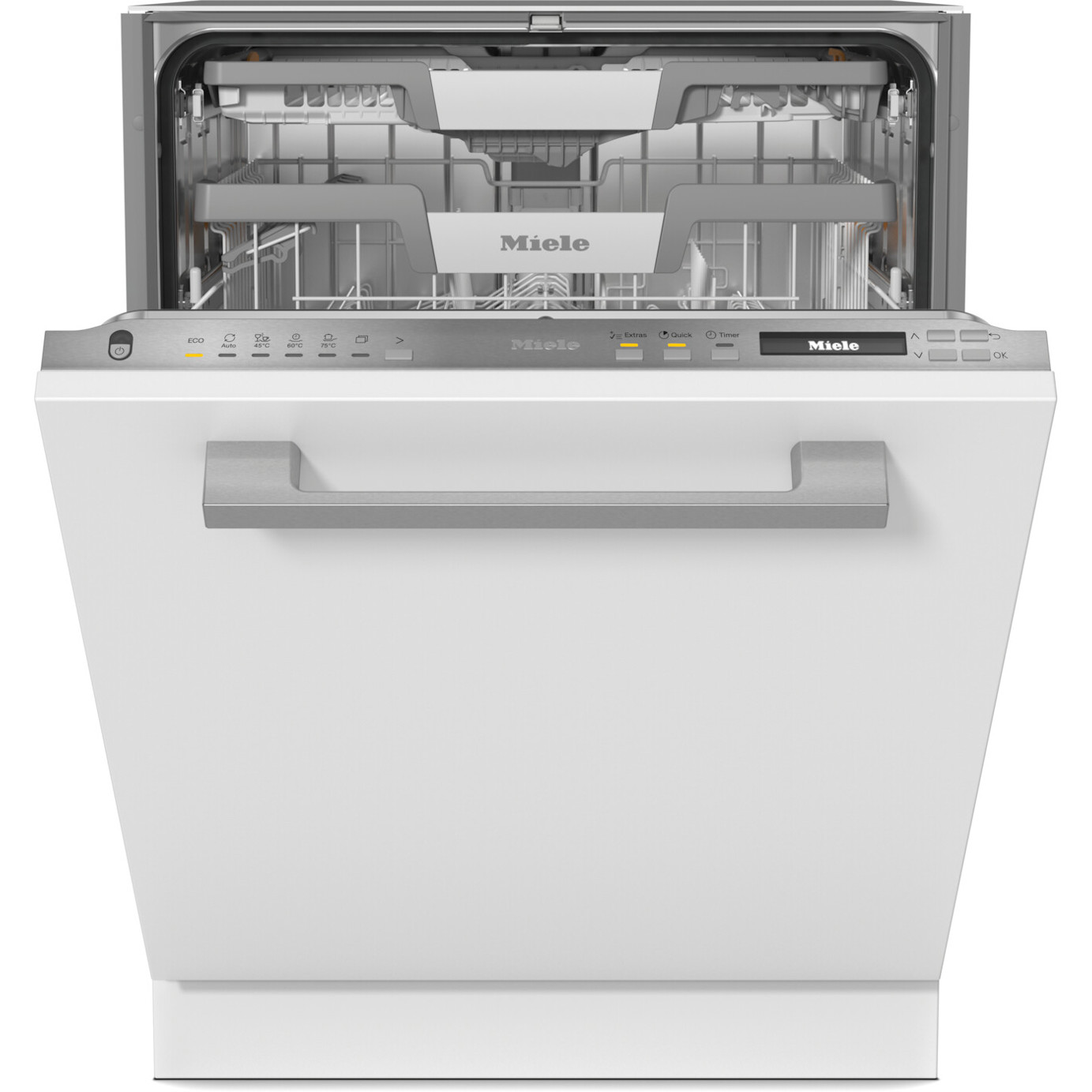80 cm Induction Hob Review: A Comprehensive Guide to Modern Cooking
Induction cooking has actually changed the way we prepare food in our cooking areas, weding efficiency with precision and security. Among Get Source on the market today is the 80 cm induction hob, which supplies sufficient cooking surface area for multiple pots and pans while promoting even heat distribution. This article will review an 80 cm induction hob, covering its functions, benefits and drawbacks, setup requirements, and regularly asked questions.
Secret Features of an 80 cm Induction Hob
| Function | Description |
|---|---|
| Size | 80 cm width, ideal for bigger kitchens and multiple cooking vessels. |
| Zones | Generally consists of 4-5 cooking zones that can be used at the same time, accommodating various pot sizes. |
| Power Levels | Multiple settings permitting exact control of cooking temperature levels, normally ranging from 1 to 9. |
| Increase Function | An extra function that increases the power output momentarily to speed up boiling and cooking times. |
| Safety Features | Child lock, pan detection, and automated shut-off to make sure safety throughout operation. |
| Control Type | Touch controls for simple operation, frequently with a timer function for more efficient cooking. |
| Easy Cleaning | Smooth glass surface that is easy to clean and keep. |
| Energy Efficiency | Utilizes electromagnetic fields to directly warm pots, resulting in less wasted energy compared to standard techniques. |
Advantages of Using an 80 cm Induction Hob
Induction hobs are progressively becoming the focal point of modern kitchens, and an 80 cm model offers a number of advantages:
1. Roomy Cooking Area
With additional cooking zones, users can prepare multiple meals at as soon as, suitable for households or those who take pleasure in hosting gatherings.
2. Quick Cooking
Induction hobs warm up faster than gas or electrical ranges, substantially decreasing cooking times. This effectiveness is particularly useful for boiling water or searing meat.
3. Energy Efficiency
Induction technology uses magnetic fields to straight heat up pots and pans, making it 70% more energy-efficient than conventional cooking approaches.
4. Accuracy Cooking
The capability to manage temperatures precisely enables for much better control over cooking processes, essential for fragile tasks like melting chocolate or simmering sauces.
Downsides of an 80 cm Induction Hob
While induction hobs have lots of advantages, there are also some possible downsides to think about:
1. Expense
Induction hobs can be more costly than gas or electrical stoves, making them a substantial investment.
2. Pots and pans Requirements
Not all pots and pans works with induction hobs. Users need to have ferrous metal pots and pans, which can include to the total expense if existing kitchenware requires to be replaced.
3. Learning Curve
For those transitioning from gas or traditional electric cooking, there might be an initial learning curve in getting used to the various cooking process.
Installation Requirements
Setting up an 80 cm induction hob typically requires professional help. It's important to think about the following points throughout installation:
- Electrical Supply: Adequate power supply is important as induction hobs need a 220-240V electrical outlet.
- Ventilation: Although induction hobs produce less fumes than gas, proper cooking area ventilation stays necessary.
- Countertop Space: Ensure adequate area in the countertop for the induction hob and remember the manufacturer's guidelines for space around the device.
Upkeep Tips
To guarantee durability and peak efficiency of your induction hob, routine upkeep is vital. Here are some ideas:
- Clean Regularly: Use a soft fabric and an appropriate cleaner for the glass surface to prevent scratches and preserve its shine.
- Prevent Scratching: Use flat-bottomed pots and pans to prevent damaging the surface area.
- Check for Residual Heat: Always make sure that the hob is off and cool before cleansing.
- Inspect Wires: Regularly examine the electrical connections to avoid any dangers or breakdowns.
FAQs
Q1: Can I utilize any cookware on an induction hob?No, just pots and pans made from ferrous metals (like cast iron or magnetic stainless-steel) will deal with induction hobs. Copper, glass, and aluminum cookware are not suitable unless they have a magnetic base.
Q2: How much power does an 80 cm induction hob consume?Power usage can vary based on the model, but many induction hobs have an optimal output of around 7000-10000 watts, though this is usually dispersed among the cooking zones.
Q3: Are induction hobs safe for kids?Yes, induction hobs are typically considered safe for households as they cool down quickly after usage, and numerous come with child lock features to prevent unintentional adjustments.
Q4: How do I tidy spills on an induction hob?Tidy any spills immediately with a wet fabric. For harder stains, utilize a moderate abrasive cleaner and a scraper developed for glass. Avoid utilizing metal scrubbers.
Q5: Can I boil water on an induction hob?Yes, induction hobs excel at boiling water quickly due to their effective heat transfer. Numerous designs also include a boost function particularly for fast boiling.
An 80 cm induction hob represents a blend of elegance and functionality in the kitchen. With its efficient cooking capabilities, roomy cooking surface, and modern-day safety functions, it has made its place amongst leading cooking area appliances. By thinking about Geschirrspüler 60 Cm Breit Vergleich and downsides supplemented by proper setup and maintenance, users can enjoy a seamless cooking experience that satisfies the demands of modern cooking practices.
When choosing a cooking area upgrade, an 80 cm induction hob might extremely well be the catalyst for transforming the art of cooking in every home.

